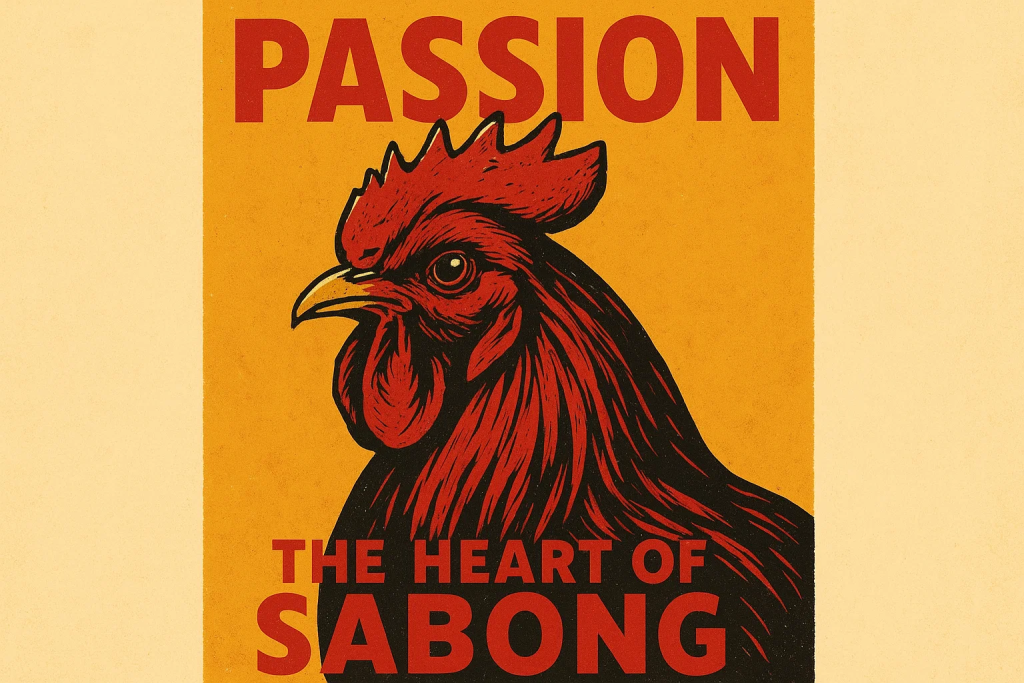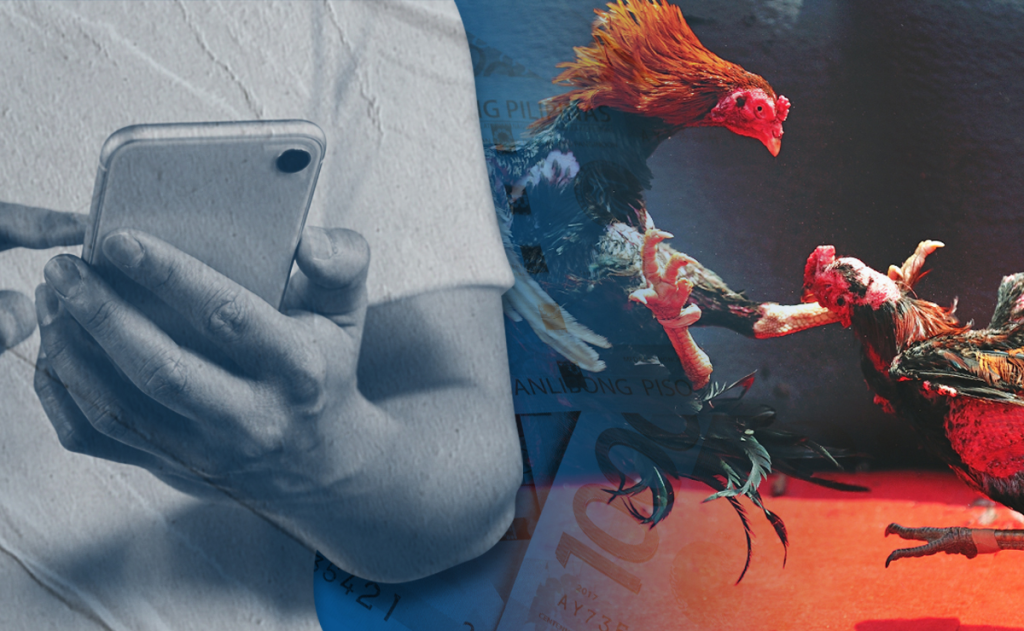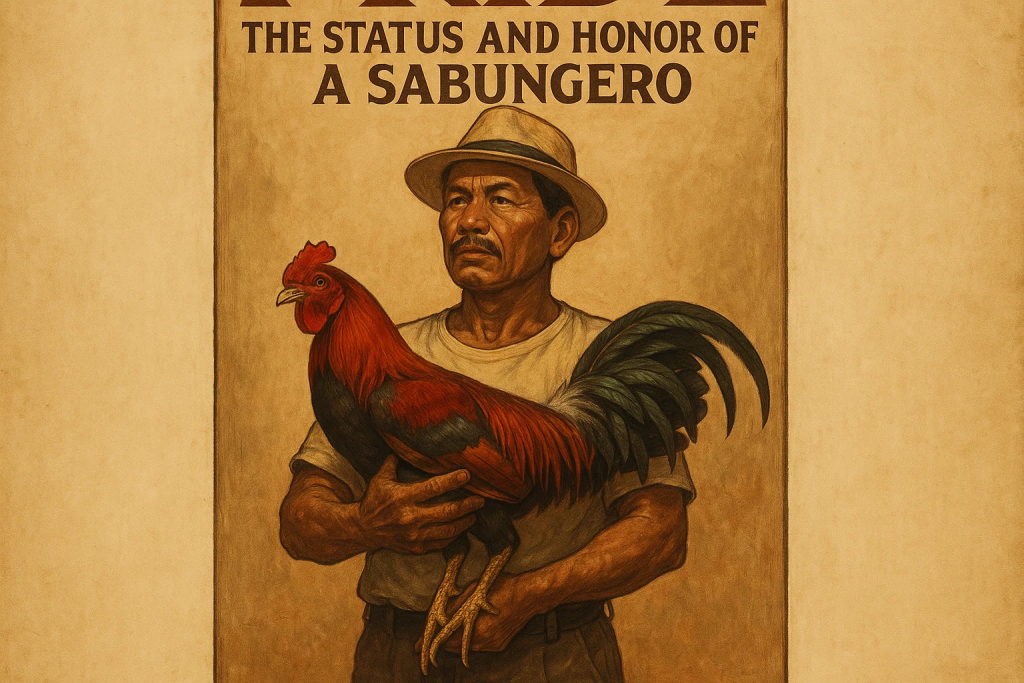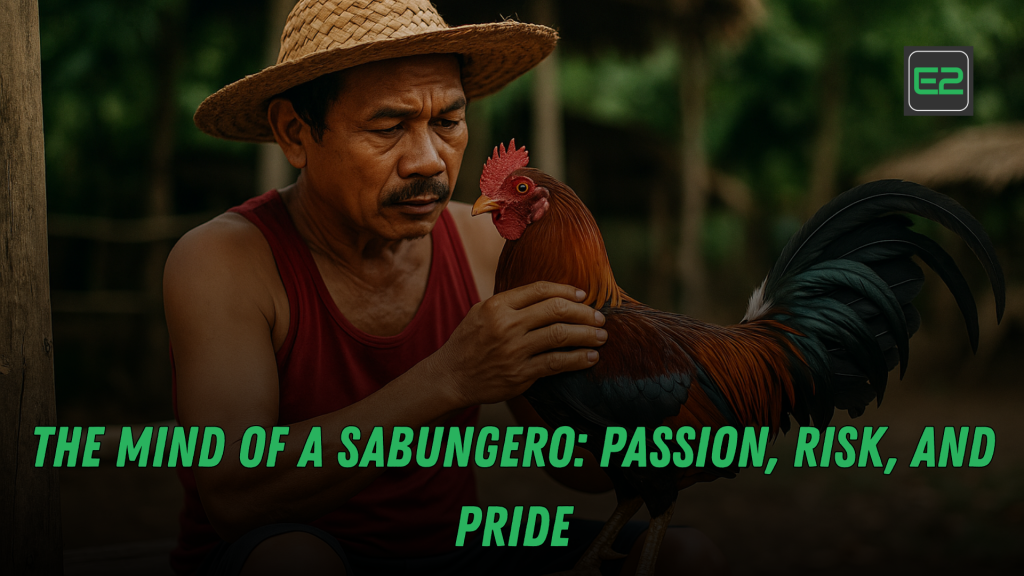The sport is synonymous with passion, risk, and pride, and its followers, known as sabungeros, live for the excitement, strategy, and thrill that the sport offers. In the Philippines, sabong (cockfighting) is more than just a traditional sport; it is a deeply ingrained cultural practice that has been passed down through generations. To truly understand the world of sabong, one must delve into the mind of a sabungero, examining the motivations, risks, and the profound sense of pride they feel in their participation.
In this article, we will explore the psychology behind sabong, the role it plays in the lives of its enthusiasts, and how passion, risk, and pride influence the mindset of a sabungero. Whether you are a seasoned fan of sabong or a curious outsider, this exploration will provide valuable insights into the culture that fuels this centuries-old sport.
Table of Contents
1. Passion: The Heart of Sabong
The Deep-Rooted Cultural Connection
For many cockfighters, sabong is not merely a hobby or a way to pass the time – it’s a passion. It’s a deep, personal connection to a sport that has been part of Filipino culture for centuries. The passion of a sabungero is often tied to family traditions, with fathers and grandfathers passing down their knowledge of raising and training fighting cocks (gamecocks). This generational transfer of knowledge fosters a strong emotional bond, where each victory in the cockpit becomes a shared triumph.

- Generational Influence: Sabong is often passed from father to son, creating a family tradition that strengthens the bond between generations. For some, it becomes a rite of passage.
- Love for the Craft: The process of raising, training, and caring for a gamecock is both a labor of love and a demonstration of skill. For sabungeros, the rooster is not just a competitor, but a trusted companion they nurture and train meticulously.
Thrill of the Fight
The excitement of a cockfight brings an unparalleled thrill to the sabungero. The fast-paced nature of the sport, combined with the strategy of betting, creates a high-stakes environment where every move counts. Sabungeros revel in the adrenaline rush that comes from watching their birds fight in the arena, cheering them on as they battle for glory.
- Adrenaline Rush: The sheer excitement of watching the fight unfold in front of them is what drives many sabungeros to return to the cockpit time and time again.
- Emotional Investment: For a cockfighter, the cockfight isn’t just about the money; it’s about personal investment and emotional connection with the bird.
2. Risk: The Thrill and the Gamble
The High Stakes of Sabong
Sabong is a sport that involves considerable financial risk. The cost of raising a high-quality gamecock, including food, medical care, training, and other expenses, can add up quickly. Additionally, betting is a major aspect of the sport, where sabungeros place wagers on their birds or others, sometimes leading to significant losses or gains.

- Financial Risk: Raising a gamecock to fight in the cockpit requires a substantial financial investment. Many sabungeros face the risk of losing large sums of money if their bird loses the fight.
- Unpredictability: Like any form of betting, there is always an element of uncertainty in sabong. The unpredictability of the outcome, coupled with the emotions tied to the event, amplifies the risks involved.
Risk as Part of the Thrill
The element of risk is intrinsic to sabong, and for many sabungeros, it is part of what makes the sport so thrilling. There is something uniquely exhilarating about putting everything on the line and feeling the rush of victory or the sting of defeat. For them, the risk is not something to shy away from – it is something to embrace.
- Calculated Risk: Sabungeros take pride in their ability to assess the odds, train their birds effectively, and make strategic bets.
- Emotional High: The sense of accomplishment and the emotional high after a victory, especially after a long period of hard work and preparation, make the risks worthwhile.
E-Sabong Advantage against Traditional Sabong: Which Has the Edge?
3. Pride: The Status and Honor of a Sabungero
The Legacy of Honor and Respect
For many cockfighters, pride plays an enormous role in their participation in the sport. The pride of raising a championship-level gamecock and competing at the highest levels is significant. The respect earned in the sabong community is a major motivator for many participants, and the status of being a skilled sabungero carries weight.

- Cultural Significance: Sabong has long been associated with honor and prestige. A sabungero’s skill in the cockpit often directly reflects their personal reputation within the community.
- Victory and Recognition: Winning a cockfight isn’t just about the money—it’s about the status and recognition that comes with it. A sabungero’s reputation can spread far and wide, earning them the respect of peers and competitors alike.
The Community of Sabungeros
The world of sabong is a tightly knit community of enthusiasts who understand the dedication and sacrifice involved in the sport. For many sabungeros, their connection to fellow enthusiasts goes beyond just the sport itself—it’s a shared culture and lifestyle that creates a strong sense of belonging. This community pride becomes a powerful motivator to succeed and elevate one’s status within the group.
- Camaraderie and Connection: Sabungeros often share tips, stories, and experiences with one another, fostering a sense of brotherhood.
- Respect and Reputation: A sabungero’s skill in training and fighting their birds often earns them a reputation that transcends the cockpit, resulting in recognition both within their local community and the broader sabong scene.
4. The Social and Emotional Impact of Sabong
A Way of Life
For many sabungeros, sabong isn’t just a sport or hobby – it is a way of life. It provides a sense of identity and purpose, often helping them feel a deeper connection to their cultural heritage. The routines of raising gamecocks, attending cockfights, and socializing with fellow sabungeros become central to their daily lives.
- Cultural Continuity: For some, participating in sabong is a way to honor their ancestors and maintain a deep connection with Filipino traditions.
- Emotional Attachment: The emotional investment in each bird is profound. Many sabungeros treat their gamecocks with the utmost care and respect, bonding with them over time.
The Impact on Families
The involvement in sabong can also have an impact on the family dynamics of sabungeros. While the sport may bring pride and excitement, it can also place a strain on personal relationships due to the financial risks involved or the time spent away from home. However, for many families, sabong is a shared passion that brings them together, with family members often participating in the sport or supporting one another during events.
The Complex Mindset of a Sabungero
The mind of a sabungero is a complex mix of passion, risk, and pride. For them, sabong is more than just a sport; it is a way to express themselves, their love for the sport, and their desire for recognition. The thrill of the fight, the risks involved, and the pride in the bird they’ve raised create a powerful connection to the sport that drives them to keep going, despite the challenges. It is this dedication and passion that continues to keep sabong alive and thriving in the Philippines.
What are your thoughts?
If you’re curious about the world of sabong or want to learn more about the sabungero culture, connect with the community and explore the depth of this traditional Filipino sport. Engage with local events, follow sabong news, and understand the values that drive this fascinating and passionate world.
Frequently Asked Questions (FAQs)
1. What is the primary motivation for a sabungero?
The primary motivations for a sabungero are passion for the sport, the thrill of the fight, and the pride in their birds and their reputation in the community.
2. What risks are associated with sabong?
The risks of sabong include financial losses from betting and the cost of raising and training gamecocks, as well as the potential for personal conflict due to the time and money invested.
3. How do sabungeros view their gamecocks?
Sabungeros view their gamecocks with great respect and emotional attachment. These birds are often seen as companions and are treated with care throughout their training and competition.
4. How has sabong affected Filipino culture?
Sabong is an integral part of Filipino culture, representing tradition, social connection, and pride. It is often passed down through generations, reinforcing its cultural significance.
5. Is sabong legal in the Philippines?
Sabong is legal in the Philippines but is regulated by the government. There are specific laws in place to govern the conduct of cockfighting events, including those held in licensed cockpits and online betting platforms.
